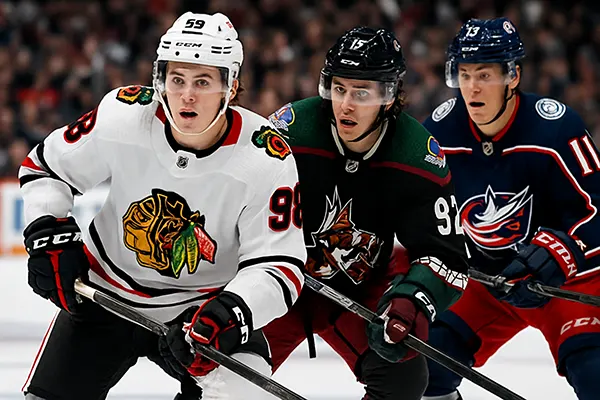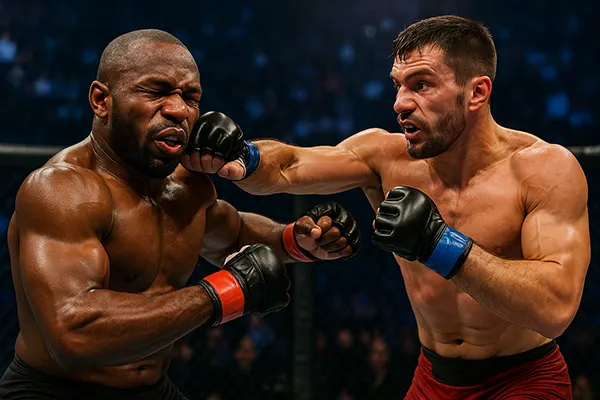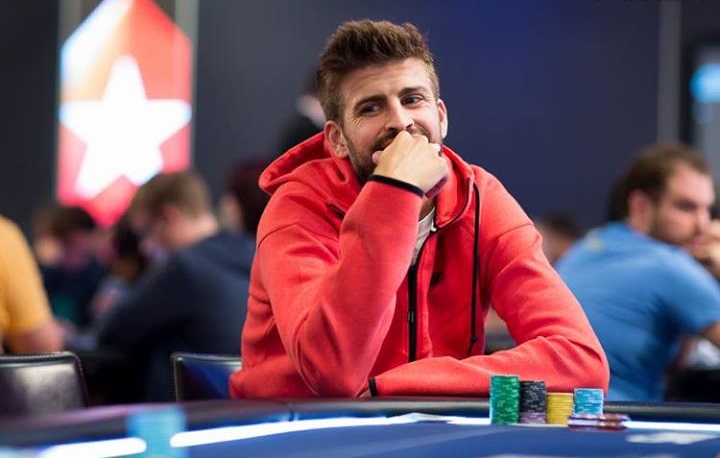New NHL Players of the 2025 Season: Who Will Change the Game

The 2025 NHL season has arrived with a wave of fresh talent ready to leave a lasting impact on the league. As teams seek new strategies and stronger rosters, several young players have already drawn significant attention. Their skills, potential, and early performances suggest they could shift the balance of power in the coming months.
Rising Stars to Watch in 2025
Connor Bedard, the first overall pick of the 2023 Draft, is making headlines with the Chicago Blackhawks. By February 2025, Bedard had already accumulated over 60 points, including 28 goals and 32 assists. His on-ice vision, quick shot release, and mature decision-making set him apart as a future face of the league.
Adam Fantilli, now a crucial part of the Columbus Blue Jackets, has made significant progress in his sophomore season. Registering 50 points by February, Fantilli’s versatility as a centre allows him to dominate both offensive and defensive zones, offering the Blue Jackets a vital competitive edge.
Logan Cooley, playing for the Arizona Coyotes, is another standout. His speed and puck-handling abilities have made him an electrifying presence on the ice. With 45 points so far, Cooley has become a central piece of Arizona’s rebuilding efforts, exciting fans and analysts alike.
Impact on Team Strategies
Connor Bedard’s addition has transformed Chicago’s offensive style. The Blackhawks are now more aggressive on the forecheck, aiming to create high-danger chances by capitalising on Bedard’s quick decision-making and pinpoint accuracy. His presence forces opposing defences to constantly adjust.
Columbus has integrated Fantilli into a dynamic two-way system. His defensive awareness allows the Blue Jackets to transition swiftly from defence to attack, which has notably improved their neutral zone play and goal differential. Fantilli’s adaptability fits seamlessly into their evolving structure.
Arizona’s strategy has become faster and more transition-focused with Cooley leading rushes. His ability to carry the puck through zones and create opportunities out of broken plays has given the Coyotes a distinct offensive advantage, particularly against slower defensive teams.
Promising Defenders Reshaping the Game
David Reinbacher, drafted by the Montreal Canadiens, is quickly earning a reputation as one of the top young defencemen. By February 2025, he was logging over 22 minutes per game and stabilising Montreal’s blue line with intelligent positioning and excellent puck-moving skills.
Luke Hughes, already making strides with the New Jersey Devils, continues to impress with his offensive contributions from the back end. Hughes has registered 38 points in 55 games, blending skating finesse with a strong defensive game, key to the Devils’ playoff aspirations.
Brandt Clarke of the Los Angeles Kings is establishing himself as a cornerstone of their defensive core. Clarke’s vision and playmaking abilities have boosted the Kings’ power play efficiency, helping them stay competitive in a tightly contested Pacific Division.
New Defensive Approaches
Montreal’s defensive system has evolved thanks to Reinbacher’s reliability. The Canadiens now employ a more structured defensive approach, focusing on clearing the zone quickly and transitioning into offence with minimal turnovers, directly tied to Reinbacher’s calm under pressure.
New Jersey, with Hughes’ growth, has become more aggressive in activating defencemen in the offensive zone. His quick reads and mobility allow for dynamic puck movement, increasing scoring chances and keeping opponents constantly on edge during five-on-five play.
Los Angeles has adapted to Clarke’s strengths by giving him freedom to quarterback the power play. The Kings’ special teams have improved significantly, and their defensive units are now more confident in engaging higher up the ice, trusting Clarke’s puck-retrieval skills.

Goaltending Prospects Changing Expectations
Devon Levi of the Buffalo Sabres continues to solidify his status as one of the top young goaltenders. Despite facing a heavy workload, Levi’s calm demeanour and impressive save percentage (.917 by February) have kept the Sabres competitive in a tough Eastern Conference.
Jesper Wallstedt, playing for the Minnesota Wild, has shown flashes of brilliance during his rookie season. With a goals-against average (GAA) of 2.45 and multiple standout performances, Wallstedt is quickly becoming a trusted option for Minnesota’s playoff push.
Yaroslav Askarov, now splitting time with Juuse Saros in Nashville, is proving he is NHL-ready. Askarov’s athleticism and positioning have drawn comparisons to some of the league’s elite goalies, making Nashville’s goaltending situation one of the strongest in the league.
Evolution in Goaltending Styles
Levi’s technical style has influenced Buffalo’s defensive schemes, encouraging the defence to funnel shots from the outside and rely on Levi’s rebound control. This has reduced the number of high-danger chances the Sabres face, strengthening their overall defensive numbers.
Wallstedt’s hybrid approach — mixing traditional butterfly with athletic recoveries — gives Minnesota more flexibility in defensive coverage. His calm presence has improved team confidence during tight games, particularly in late-game situations where defensive lapses are common.
Nashville’s goaltending rotation with Askarov allows the Predators to maintain high-intensity pressure without overworking their netminders. Askarov’s rapid development ensures that Nashville can compete with the league’s best offensive teams, even during back-to-back matchups.




